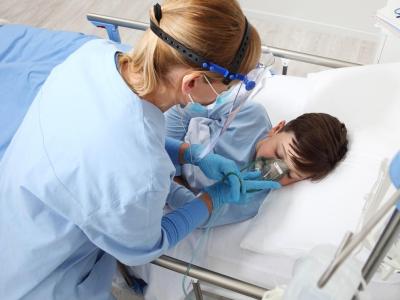An analysis of US emergency department (ED) visits for pediatric urinary tract infections (UTIs) provides some new insight into antibiotic prescribing practices, researchers reported today in Pediatrics.
Led by researchers from Boston Children's Hospital, the analysis aimed to evaluate changes in antibiotic prescribing at US ED visits for pediatric UTIs from 2011 to 2020 using nationally representative data from the National Hospital Ambulatory Medical Care Survey (NHAMCS). A previous analysis of NHAMCS data found that, from 1998 to 2007, there was a decline in use of trimethoprim-sulfamethoxazole (TMP-SMX) for pediatric UTIs amid rising resistance rates and a significant increase in the use of enteral third-generation cephalosporins (e3GC).
That finding raised concerns because e3GC are broad-spectrum antibiotics that can select for antibiotic resistance. In 2014, updated cephalosporin susceptibility criteria for Enterobacterales species made enteral first-generation cephalosporins (e1GC), which target fewer bacterial species, a potential empiric option for uncomplicated UTIs.
Increased use of first-generation cephaloporins
A total of 1,083 UTI visits by non-pregnant patients ages 18 and younger were included in the analysis. Over the study period, TMP-SMX prescriptions declined from 20.6% to 9.9% of visits, while use of e1GC increased from 15.2% to 32.6% of visits and use of e3CG remained unchanged. The findings persisted despite adjustments for age, sex, region, fever on presentation, payment type, and hospitalization.
"Although e3GC use had increased previously, their prescription rate did not significantly change, perhaps reflecting appropriate use in areas with higher resistance," the study authors wrote. "Given their association with development of resistance, ongoing monitoring and quality improvement will be important."
The authors add that the increased use of e1CG for pediatric UTIs is encouraging, because they're appropriate for empiric treatment but less likely to drive antibiotic resistance than other agents.




















